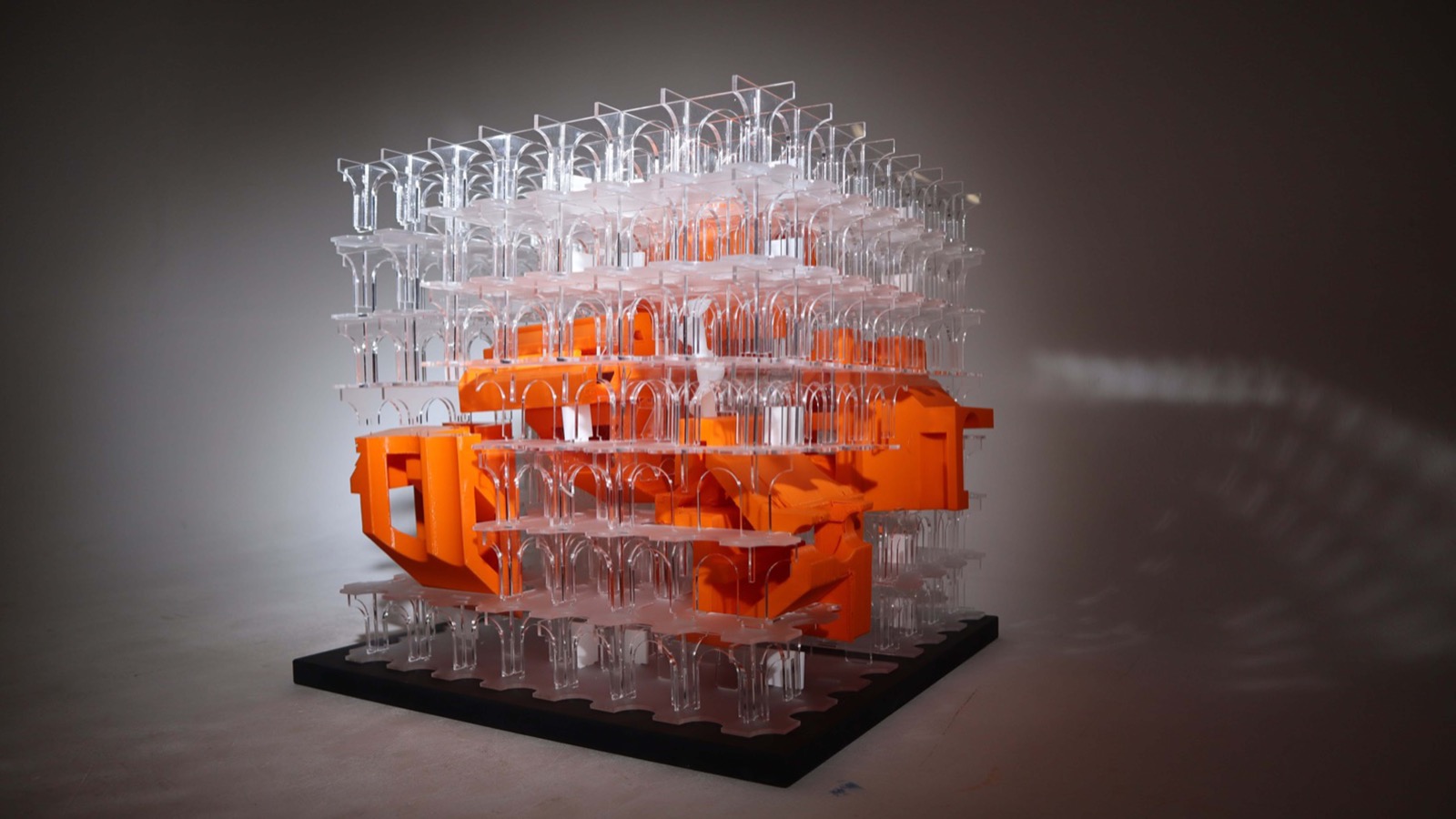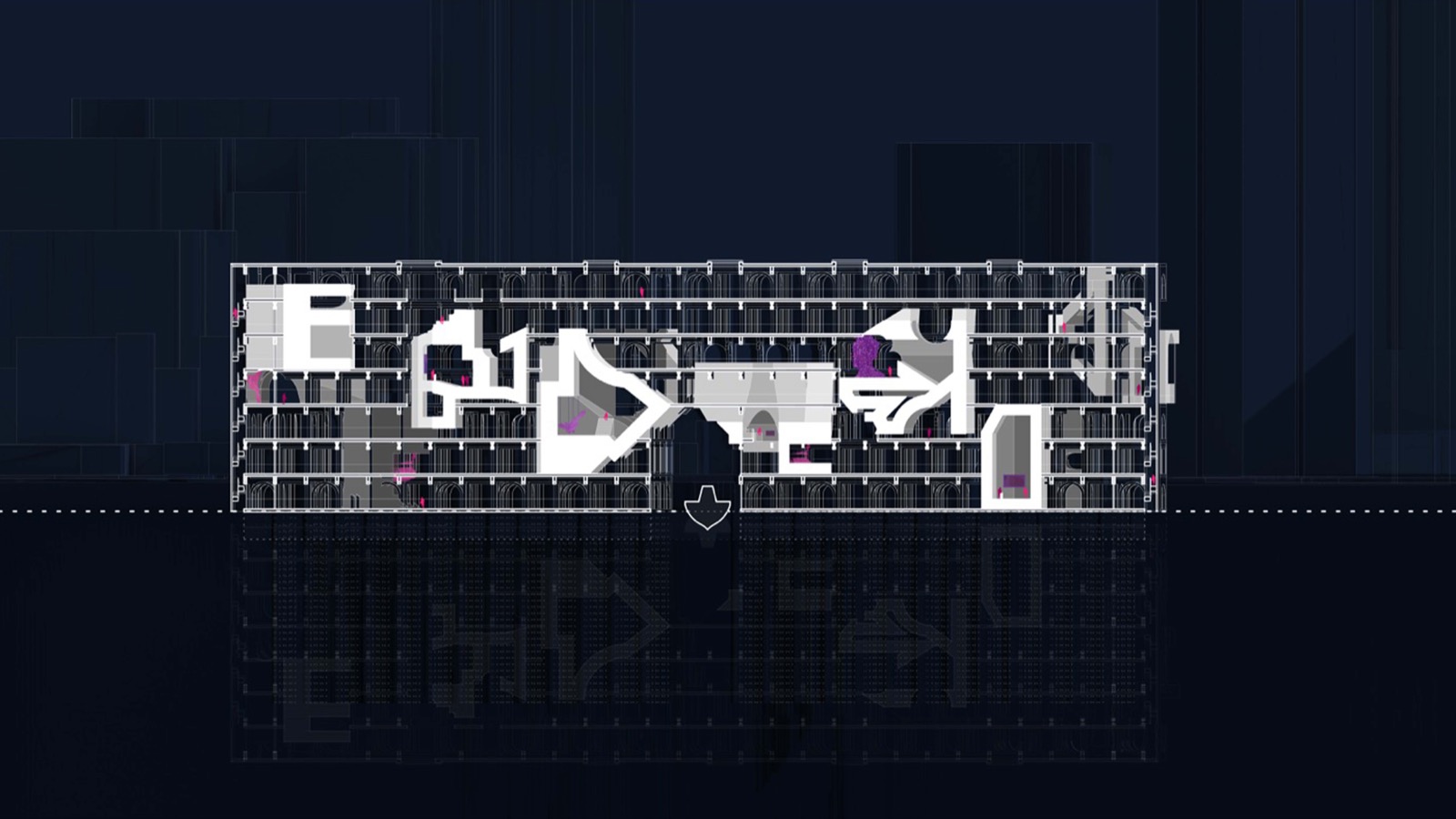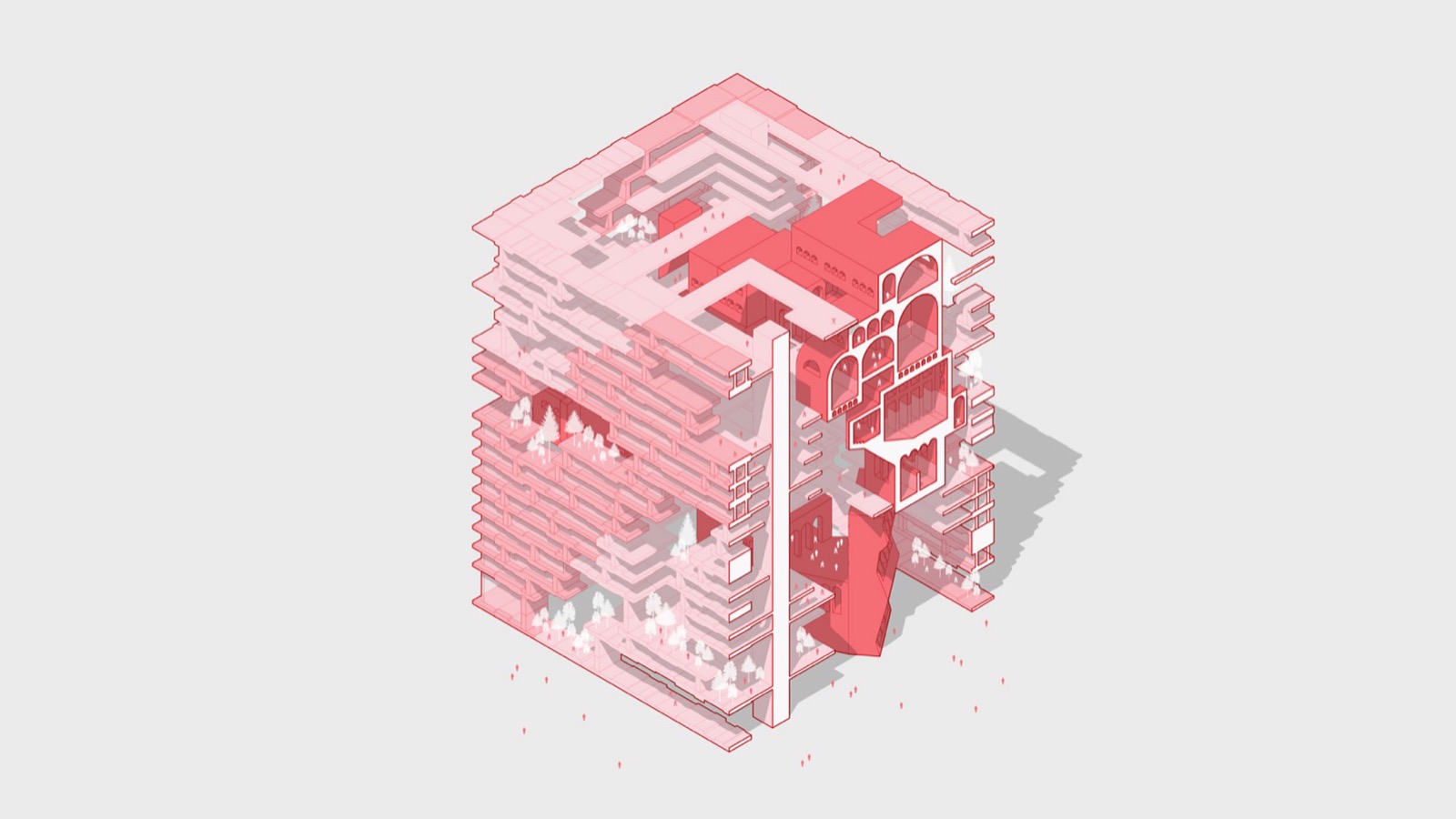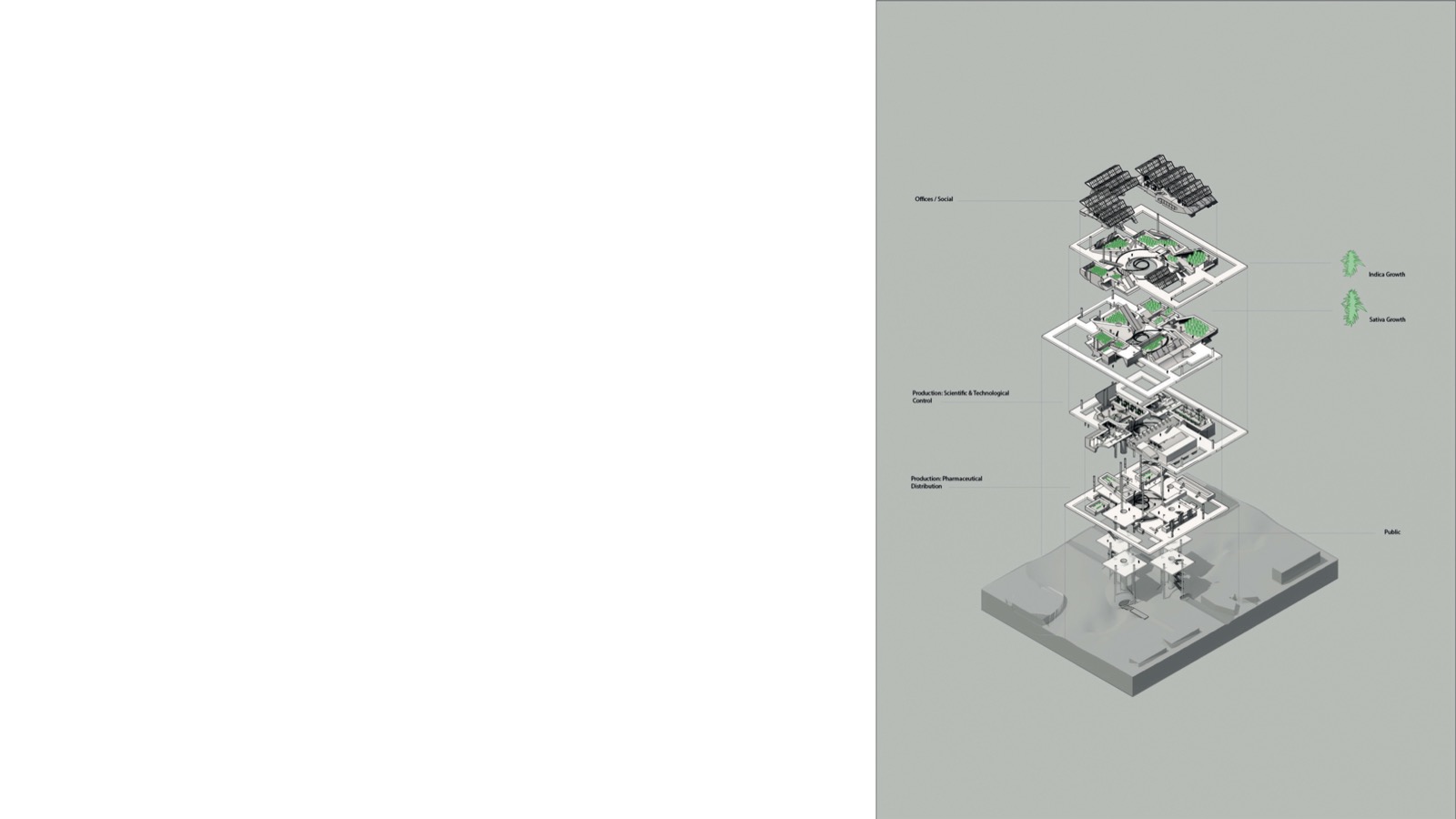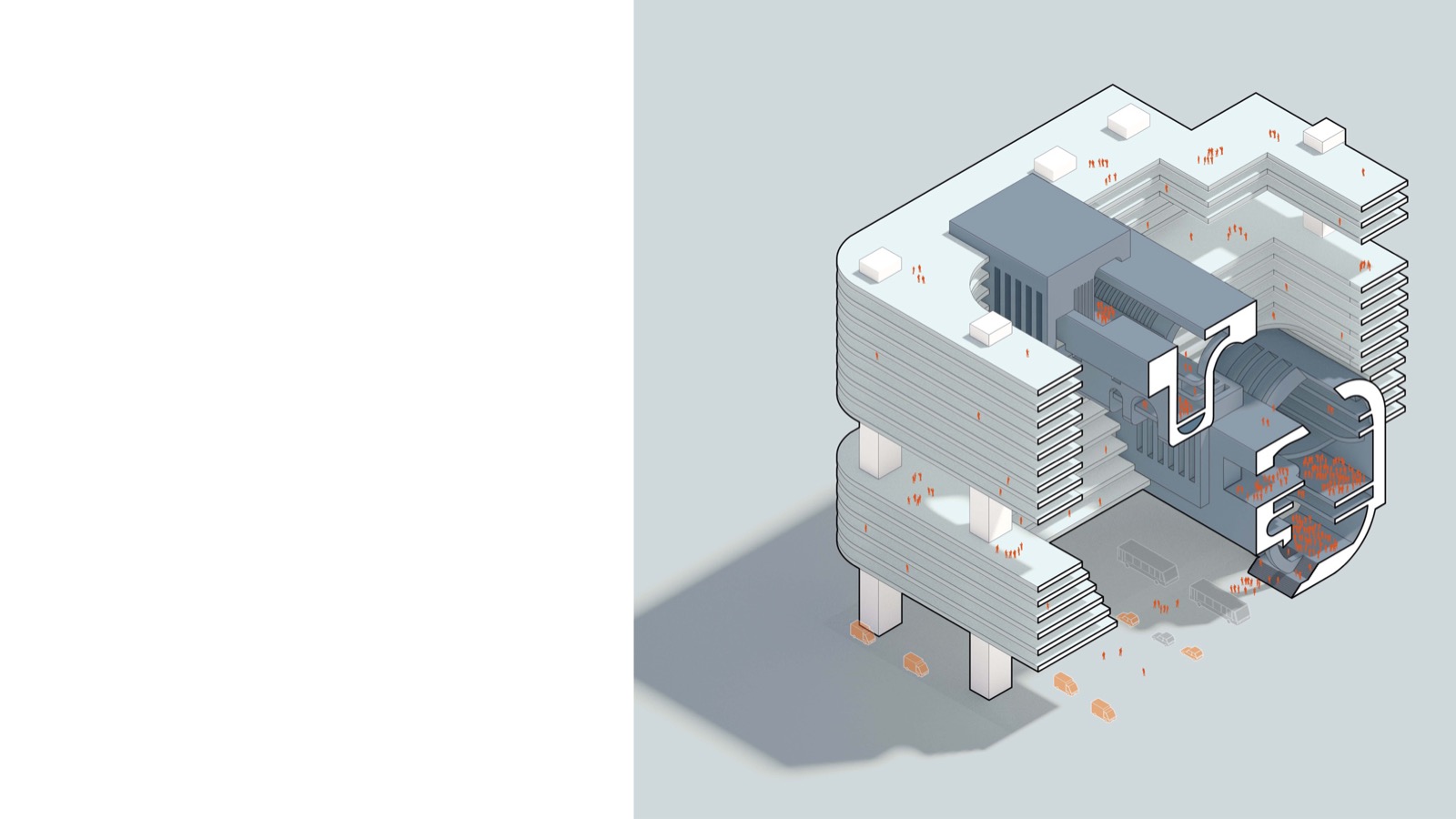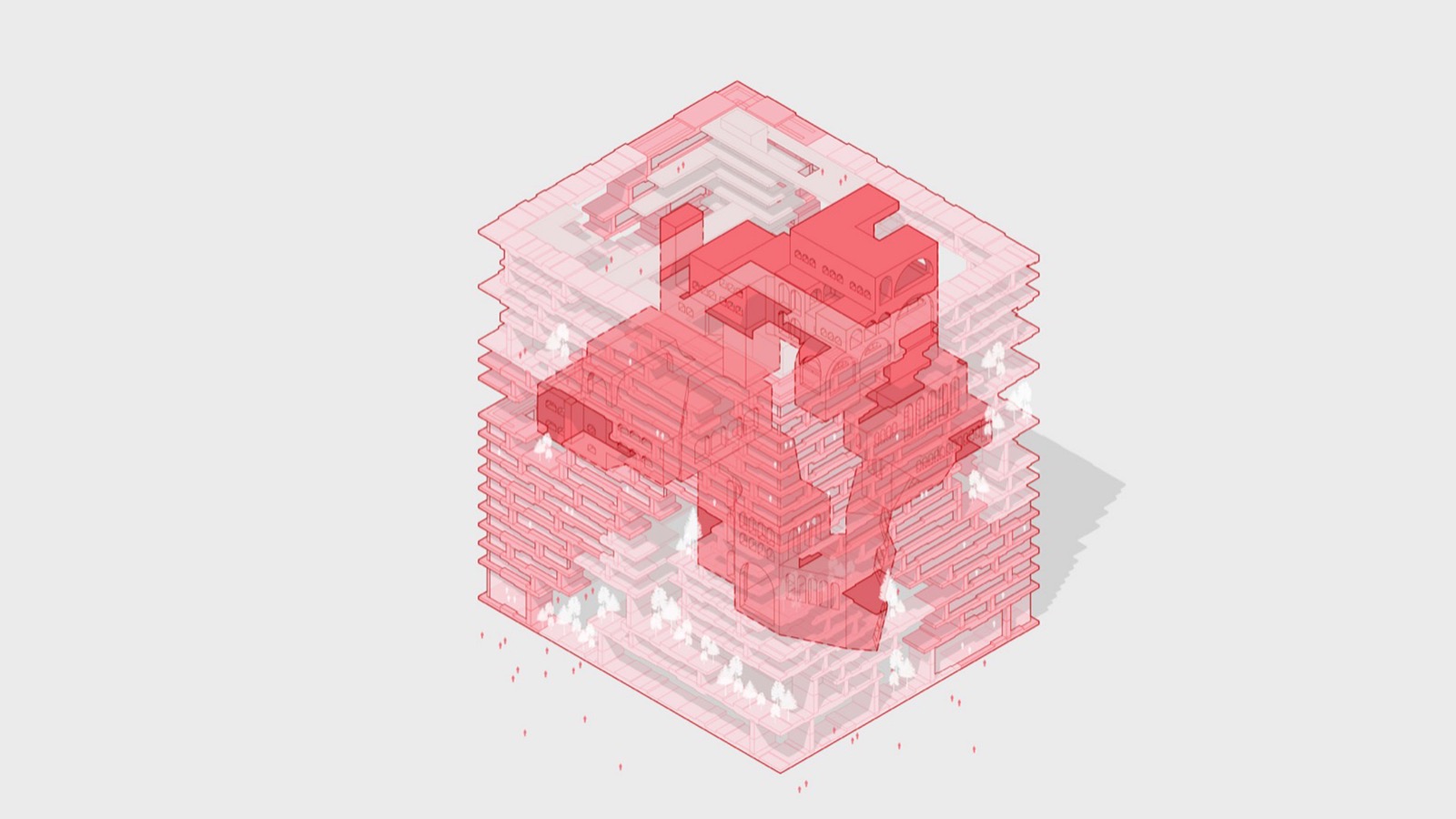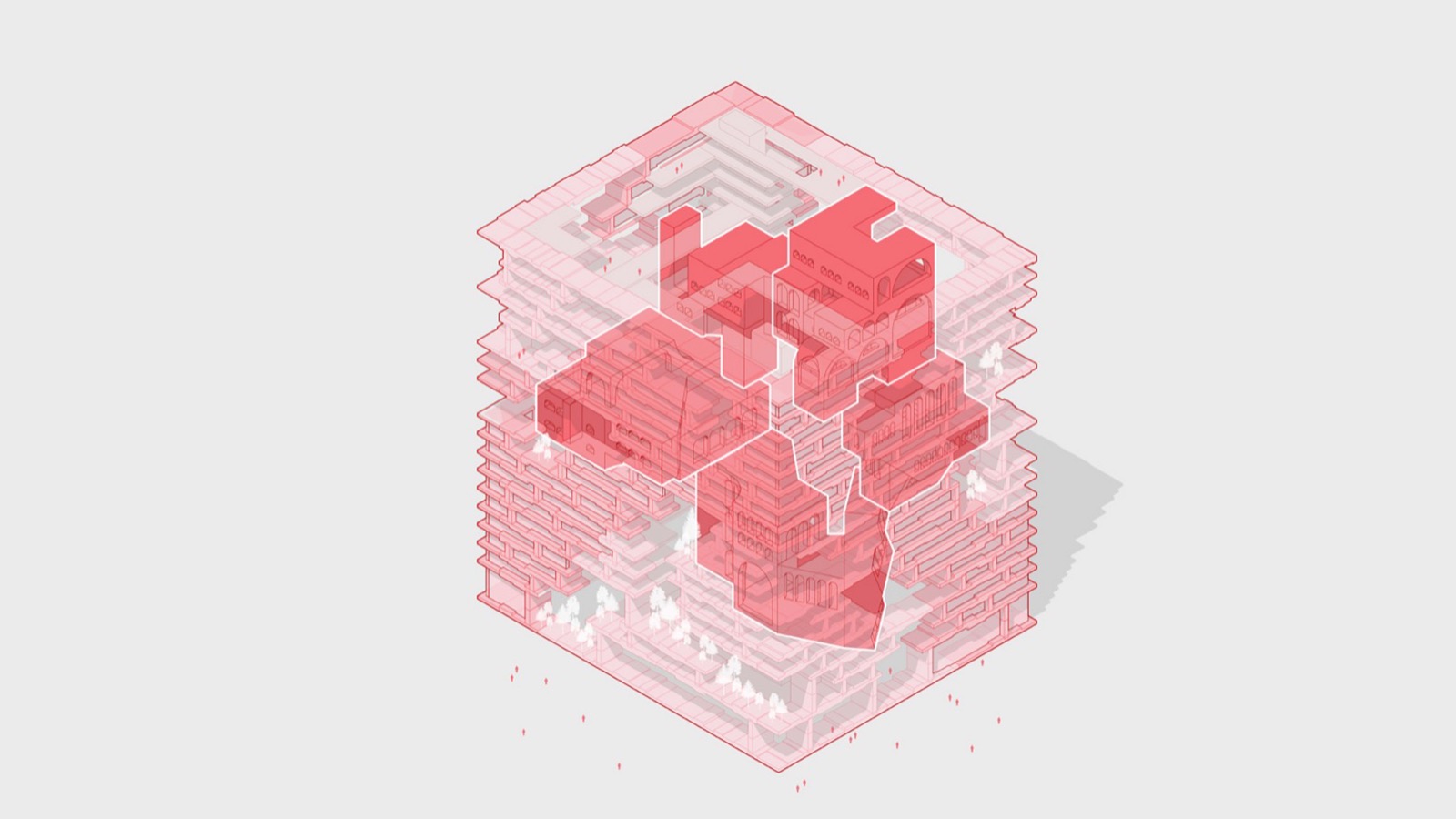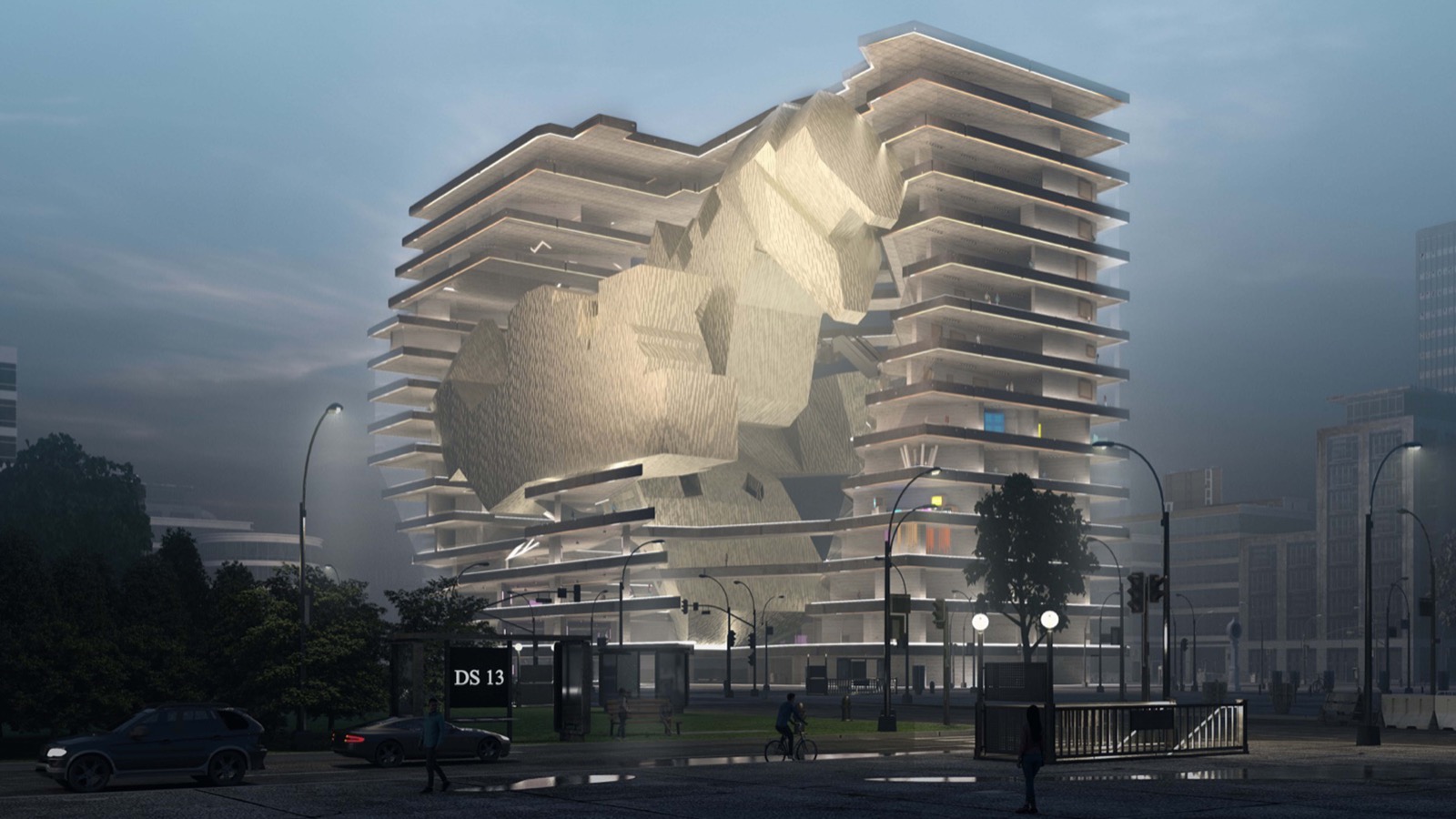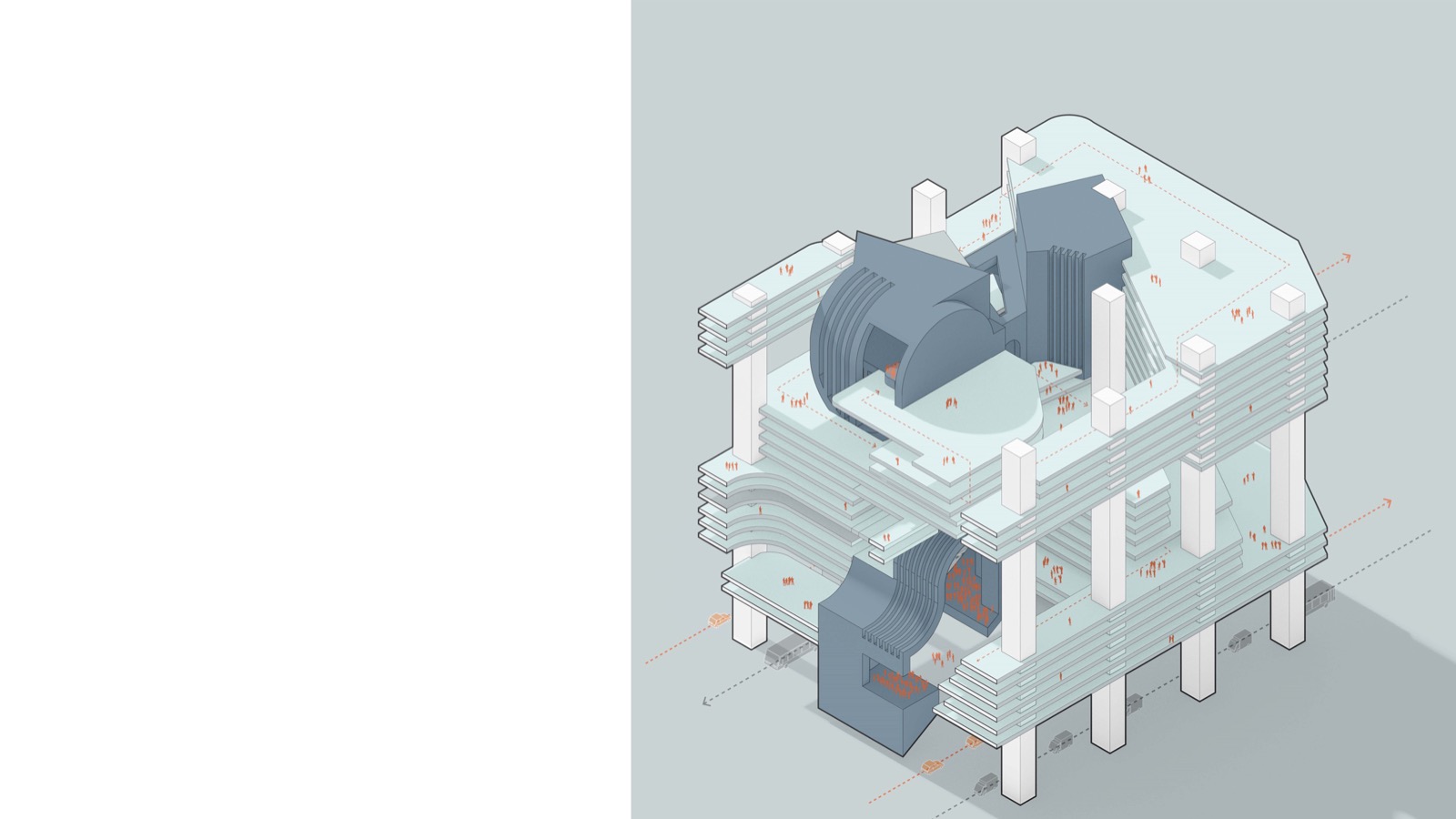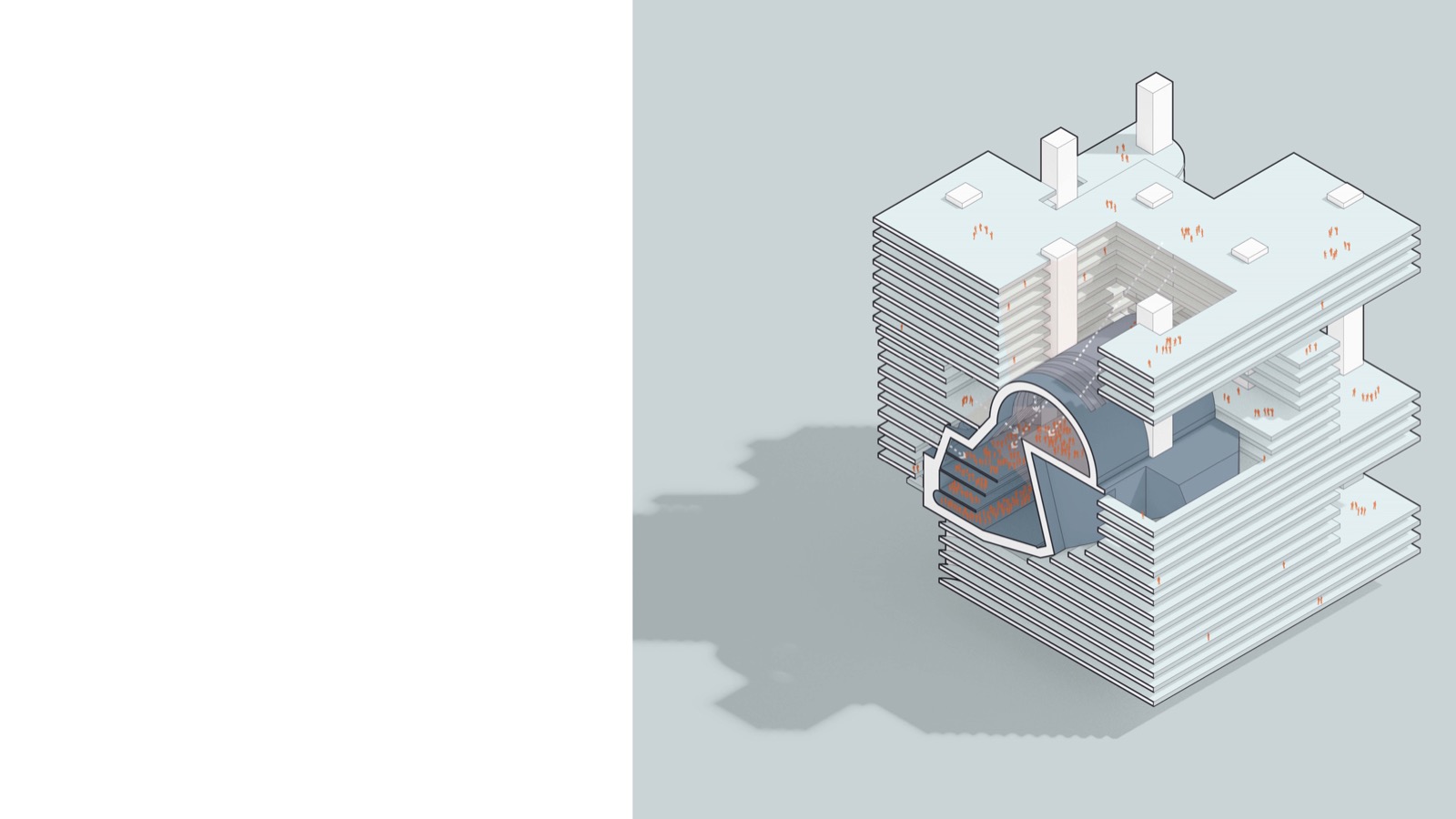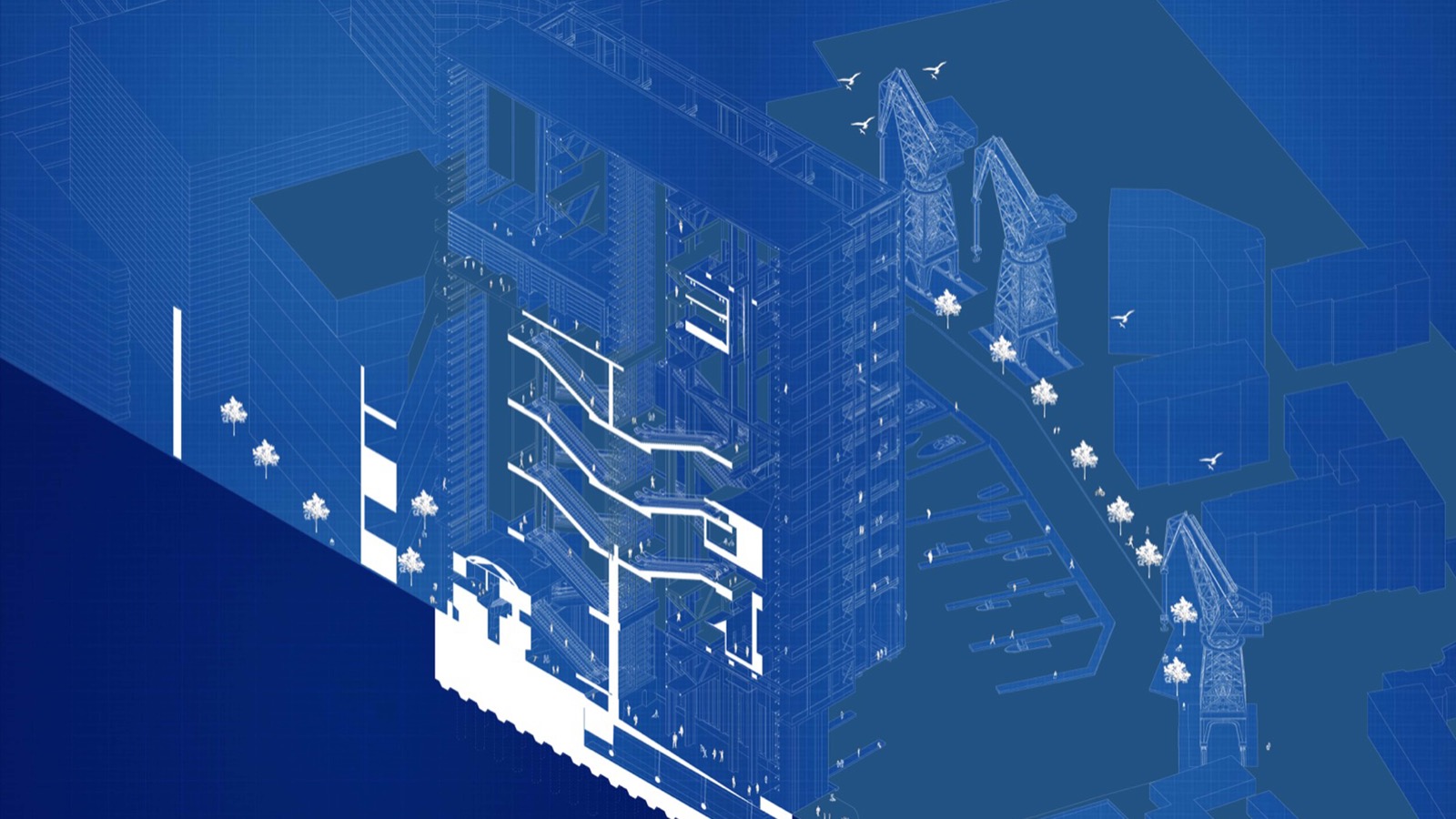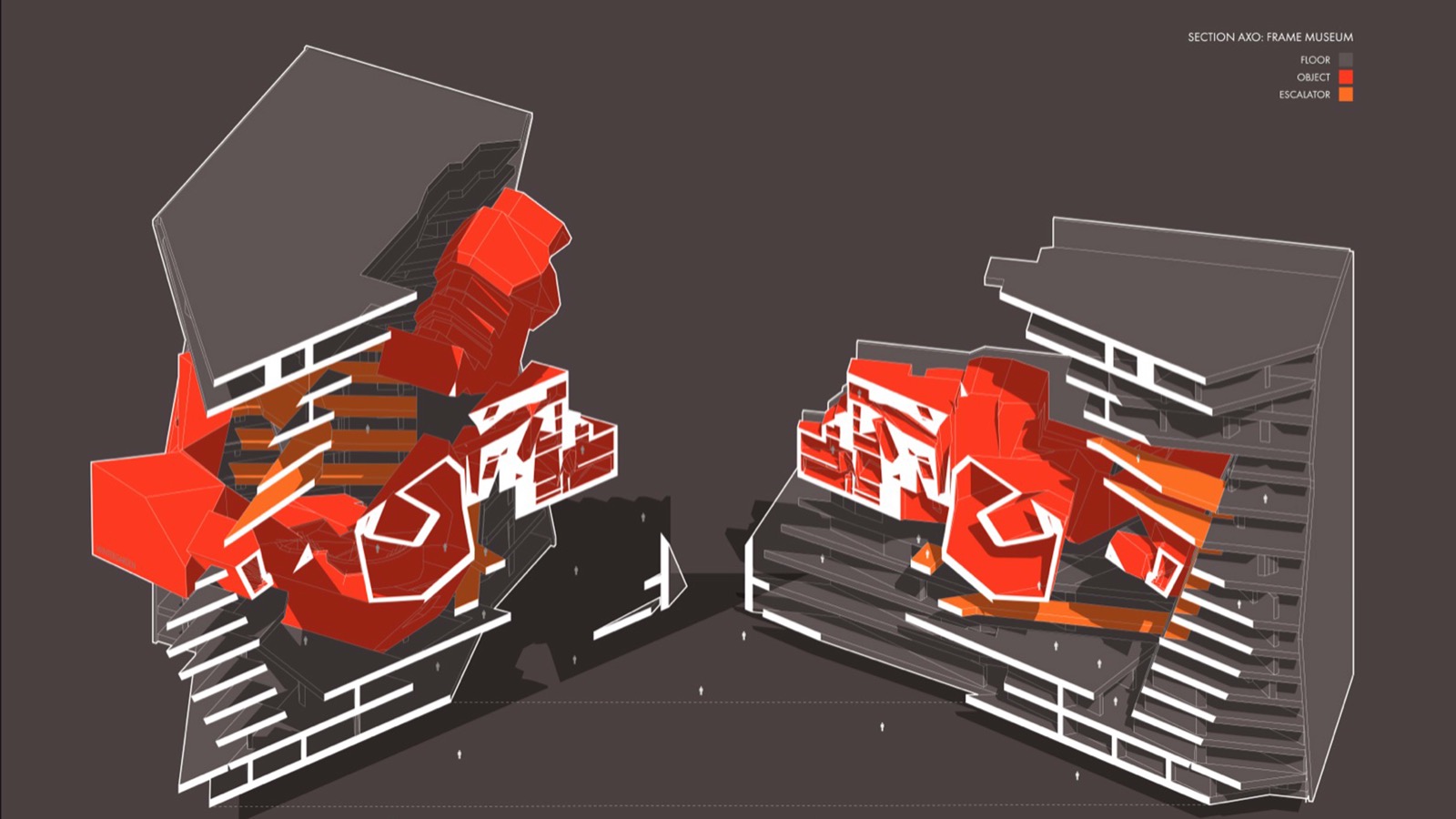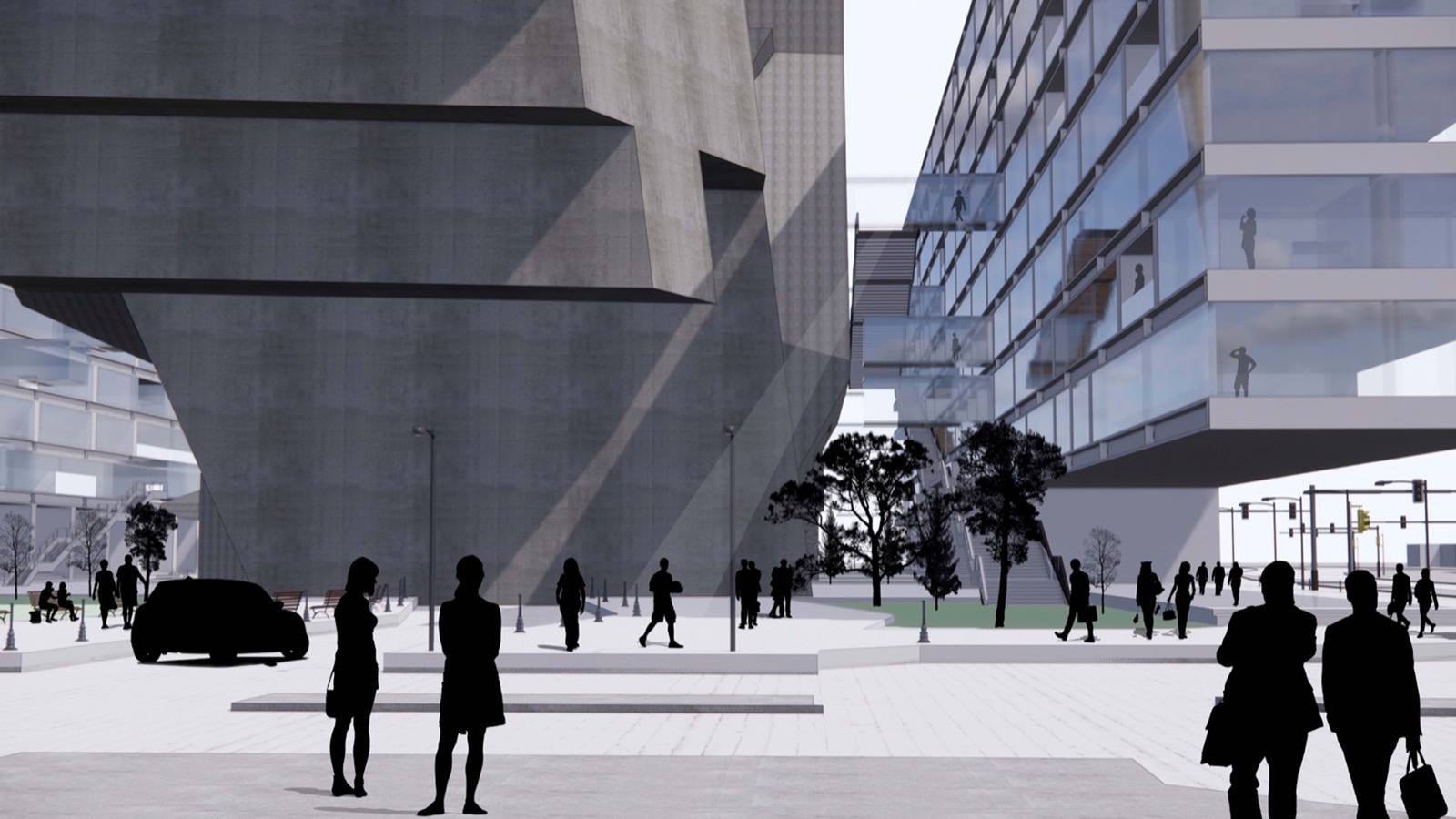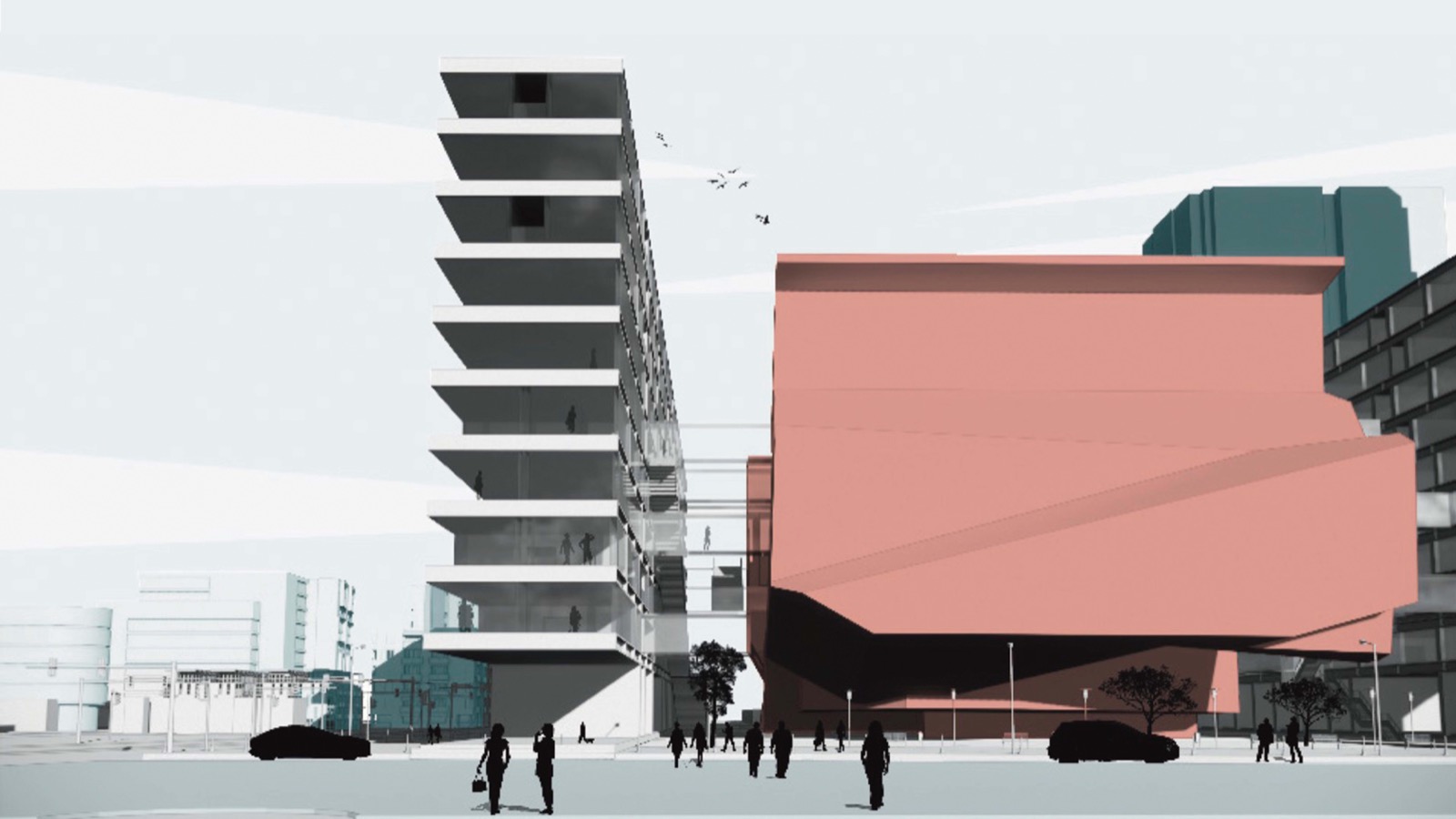Design Studio 13 ARCHIVE
Tutors: Andrei Martin and Andrew Yau
Andrei Martin is a partner at PLP Architecture, a London-based multidisciplinary design practice.
Andrew Yau is a design director at Urban Future Organisation, an international practice and design research collaborative.
FreeZone: Building as a City
Free zones have a long history dating back to pirate enclaves, free ports and entrepôts of maritime trade. History tells us the first free zone was established in the Roman port of Delos in 166BC. In the Middle Ages they took hold and flourished in Venice and Marseilles, expanding in the Renaissance to the Baltic and North seas. After WWII they spread exponentially throughout the world. Today there are over 5400 free zones in the world, 1000 of which have been set up in the past five years.
Free Zones were originally motivated by trade, but increasingly they are acquiring a much broader set of remits. Expanding upon an ever-increasing spectrum of urban aspiration, Free Zones now incentivise specific labour practices, strategic services and industries, types of science or technological innovation and so on. A Free Zone, for instance, can use free water as a catalyst to attract water-intensive industries to areas where this resource is scarce or contested. Or it can promote the production, transmission and reception of fashion as a mechanism to transition from textile manufacturing to design.
But can Free Zones do even more? Can they, by opening provisional windows of regulatory freedom, promote new forms of living or working? Can they challenge how we deal with healthcare or consume culture? Beyond producing tangible goods, can Free Zones promote the production of experience?
This year, DS13 has explored the establishment of a Free Zone as a physical, political and regulatory space. The site for this inter vention is Canar y Wharf, itself a free zone of sorts, where urban and architectural relationships to the river and to the dense and tall city fabric are paramount.
We have also investigated the Free Zone as an entity housed within a single building, or, more precisely, within a building as a fragment of the city. A building that, through its scale and performance, exists at the threshold between architecture and urbanism. Whereas typically, the city starts where the building finishes, we have proposed to invert this relationship: the city inside the building. A building as a cabinet of curiosities, where samples of the city, tectonic conglomerates and typological fragments exist together as a collection, exuding nearness, provoking strange adjacencies and a sense of wonder at every scale.










